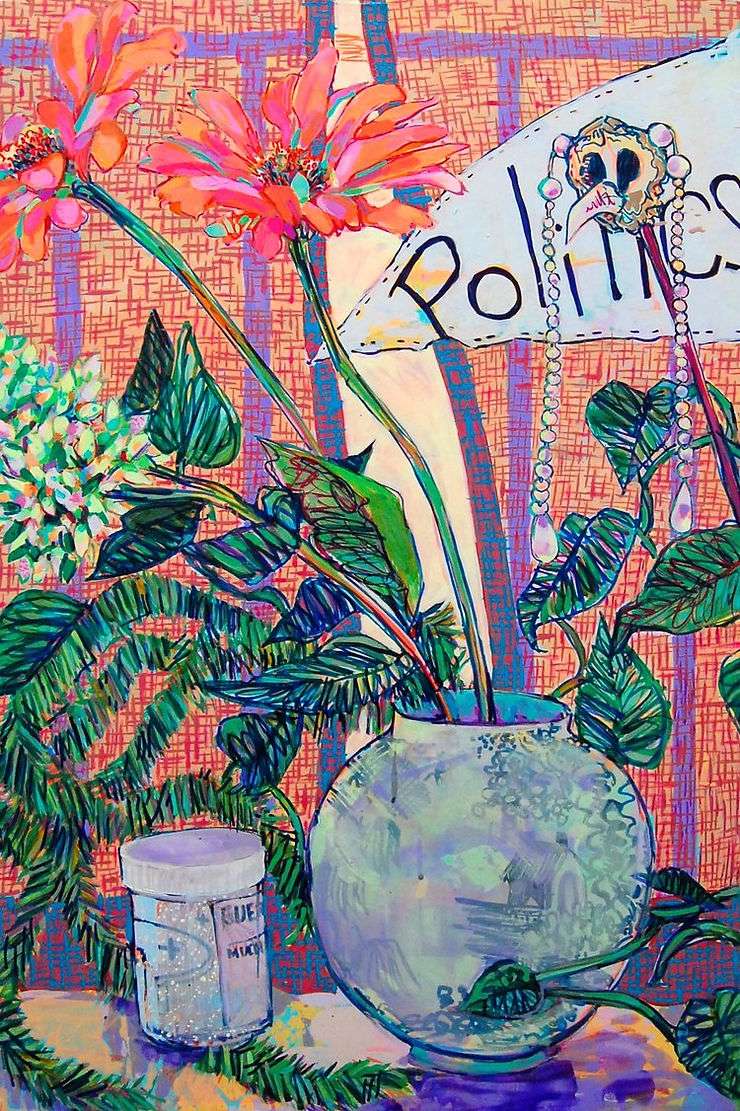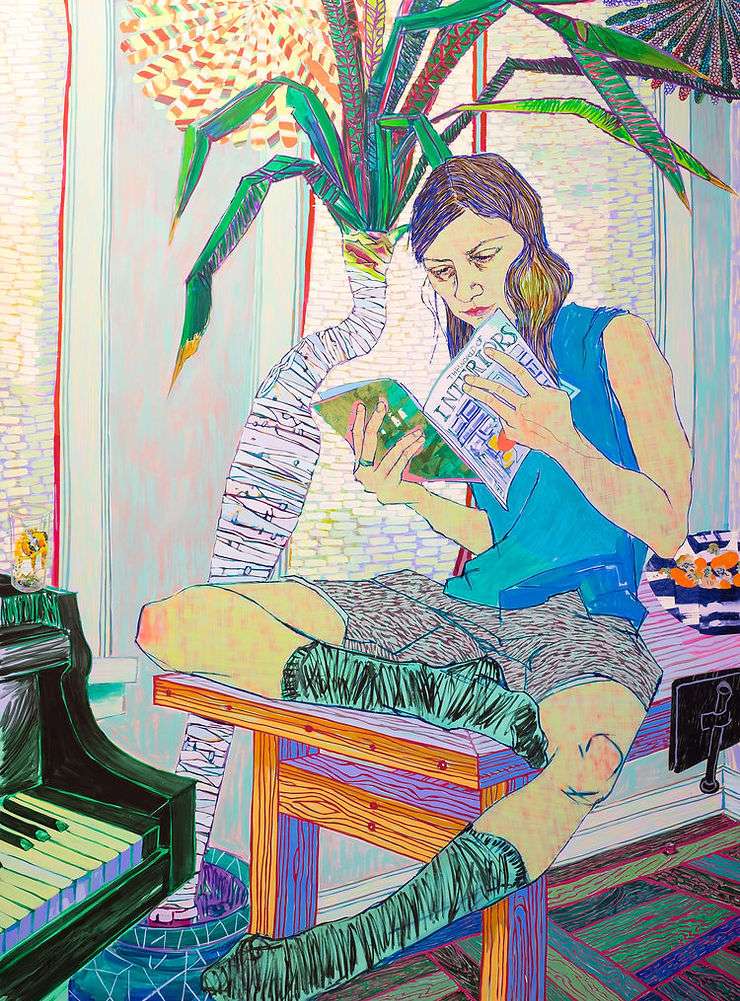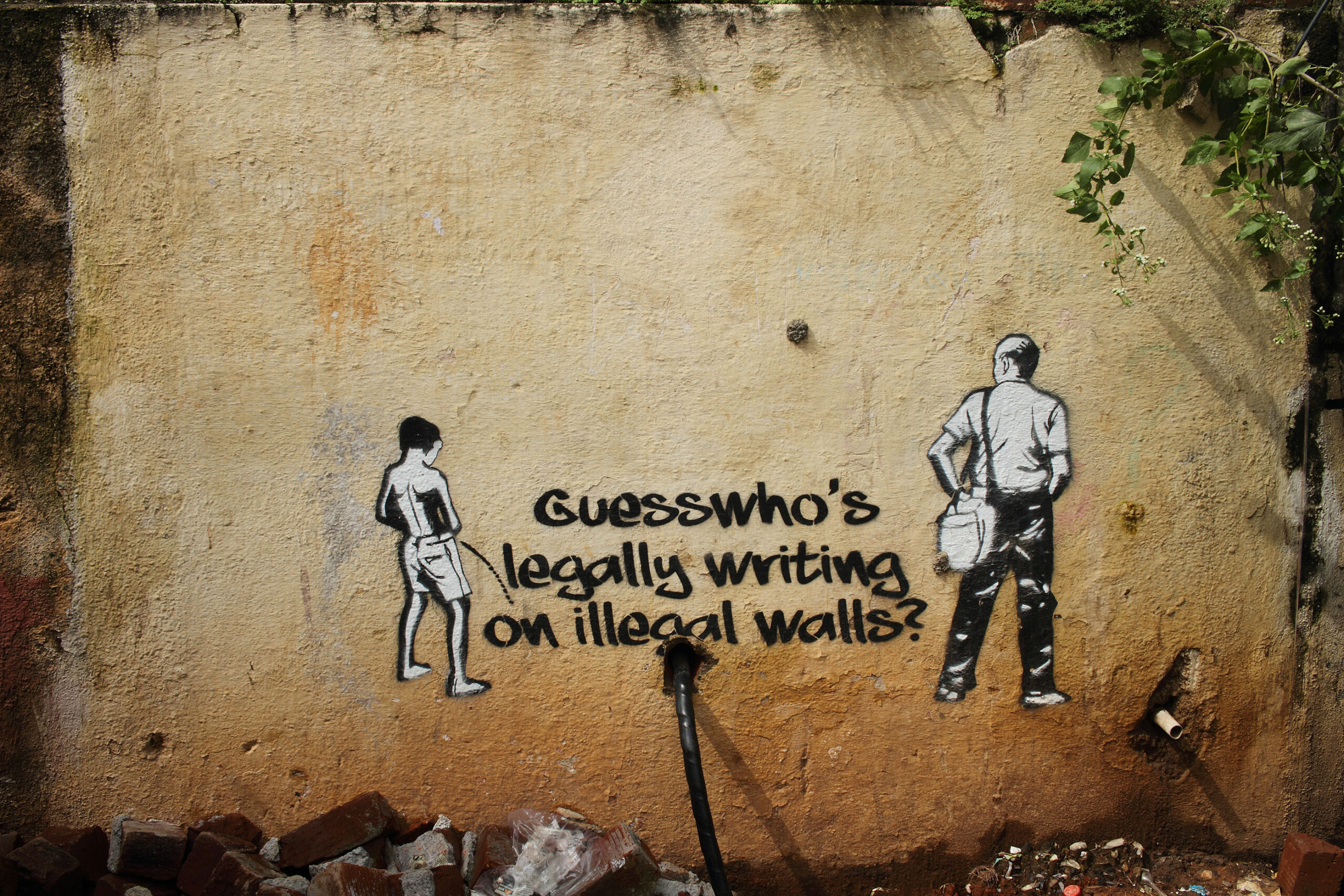Artists have kept their work before themselves on some occasions. On others, they become their work and continue to live in disguise. Being anonymous not only leads the spectator further into the being and becoming of an artist, but also urges them to solve the mystery before it solves itself. Word has it that the case for anonymity just earned five points while we were busy being fascinated by the works of some artists. We have to walk to the clues while jumping over assumptions. Let us look for them!
Clue 1: They could be right beside us.
The art of passing by has been perfected by artist Hope Gangloff, as she hides herself behind the vibrancy of her portraiture. While delving deep into the impressions of her friends, neighbours and relatives, she chooses to maintain a palette that reverses sunsets while settling in one’s sight.
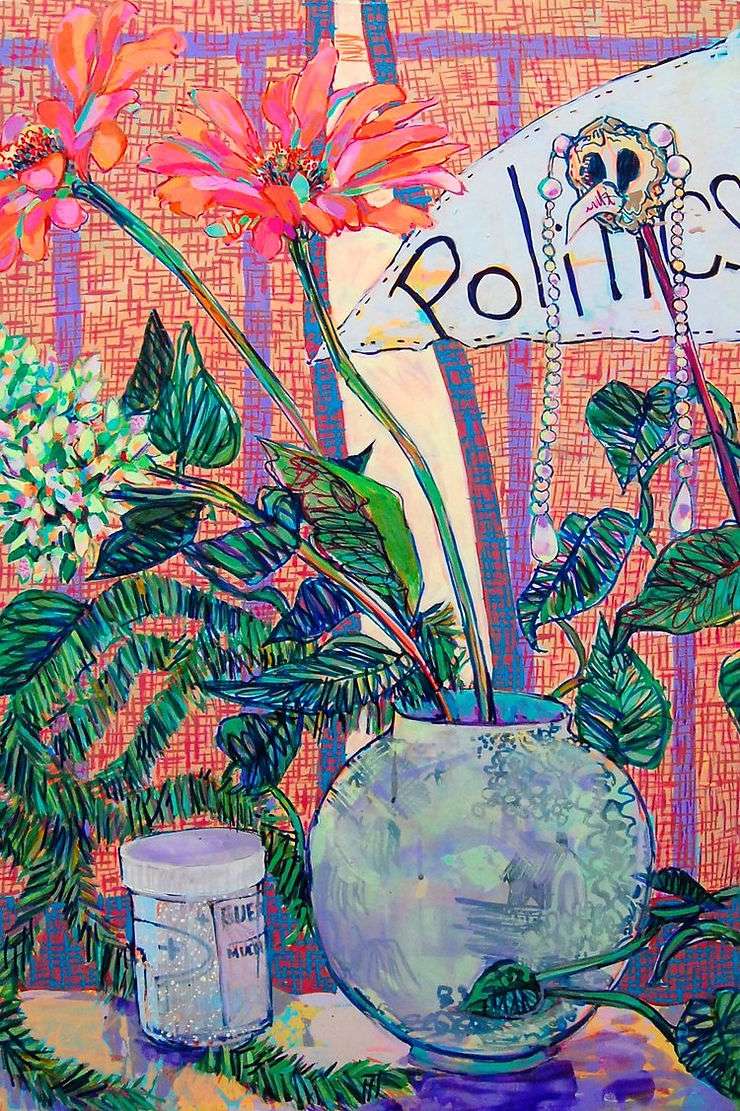
The magnanimity of her imaginary universe that refers to reality for inspiration reserves her identity to anything but her paintings. The fascination behind attaching an artist to their self more than their work is contested as Gangloff walks about the streets of New York without a sign of being the beloved creator that she is. As the focus moves from her to the dedication of several eyes on her paintings, she finds opportunities to play with observation and bring together a rhythm that no ordinary nature could match.

Braiding the darkness of a bustling city with the lights of her subjects seems like a trick that Gangloff has meditated in for a long time. Her work touches the constant motion in the human mind, racing towards the interaction that it has awaited. She, on the contrary, remains to be the essence of stillness required to bring out the symbols in her work that awaken the sight of any passerby – unaware of her presence while fully aware of what her presence could have been like.
Clue 2: They make guest appearances.
A rebel in the name of anonymous artists, John Paul Fauves is a living testament of a Costa Rican conscience merging with Western dystopia. When individual subjects were raining down to him, they missed his umbrella of guest appearances and compensated in parts. Every painting conceived from his infant mind resembles a utopian achievement, presenting the thoughts of an early age in the popular characters it engages with.
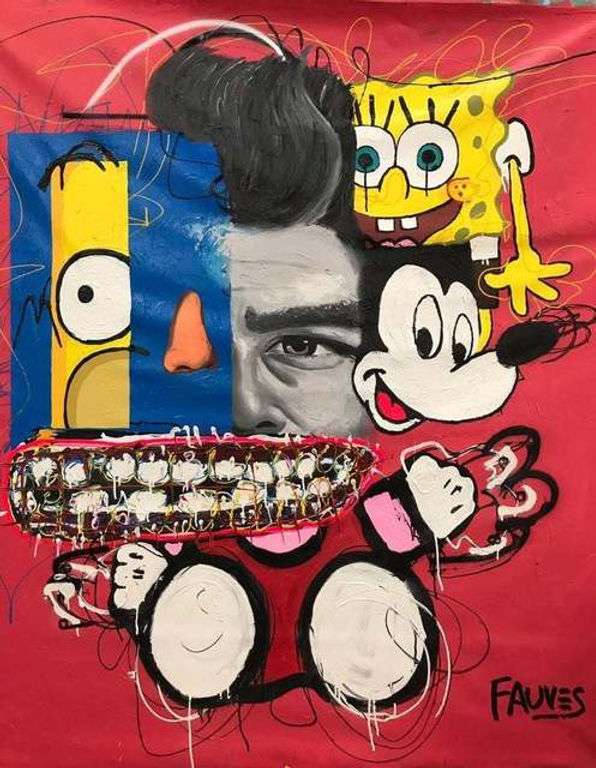
In a recurring attempt to question identity through a spectrum containing both art history and mainstream culture, Fauves brings iconic images into a room of impossibility. Some choose to call it experimentation and others refer to it as a perversion of familiarity, but an unfound answer always lingers in Fauves’ canvas. His series, I AM A BABY, is an absurd presentation of growth in time that runs behind the resistance of childhood, including aspects of famous cartoon characters, works of art as well as celebrity figures.

While most artists in the name of anonymity keep a significant aspect of themselves under the cloak, Fauves occasionally makes his appearance in exhibitions, dressed as a true representative of his paintings. His photographs are characterised by a face half uncovered, as the other half takes over his search for meaning in a glowing instrument of fame.
Clue 3: They could be mistaken for someone else.
The streets are alive with walls that are untouched by power and names that are preserved in pseudonyms of a great strength. They witness the birth and death of choices, coming forth with the movements tattooed on their bodies.

DOLK, born with the name of Andreas Hamran Færø, makes these tattoos perfect, while navigating Norwegian lands with the concepts imbibed in his work. Often confused with Banksy due to artistic similarities, Dolk has exhibited stencil art, made of symbols within symmetry and the ordinary within the extraordinary.
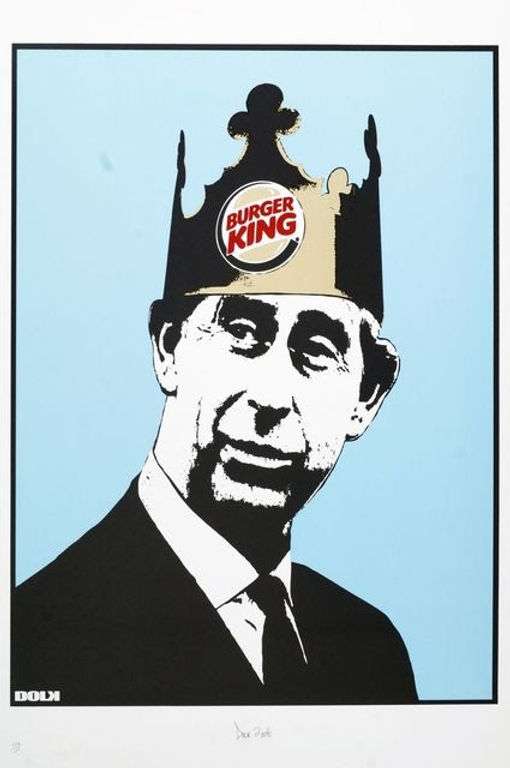
The appearances of his work question societal systems and fuse Norway’s street art capital with greater potential. His work, although strictly structured, is an amalgamation of static sentiments on still surfaces. With revolutionary expression comes great controversy, imbibed in several of his works including Burger King (2006), which presents Prince Charles wearing a paper crown from Burger King. Dolk has decorated several spaces with his perspectives, with a reach as far as the “no man’s land”, proving that art can be omnipresent.
Clue 4: They are loved by all, yet seen by none.
A single frame of One-Punch Man would suffice to present the reason why Manga is thriving worldwide. ONE, the artist behind the spectacular series, has claimed quite a fanbase, while being referred to as “the artist who can draw any anime”. As one of the most celebrated artists of the decade, the onus that lies in his work is to continue a story beyond the expectations of time and space.

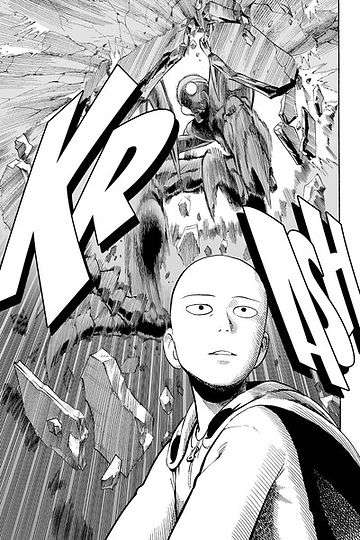


The process of his comics moving to web comics and eventually to an anime serialization had him as a silent spectator of the wonder he brought to the world of Japanese comics, putting them under the exploration lens of other countries in the past decade. Having several awards in his name, ONE is accounted as a master of animation with his interactive technique, pacing panels and surreal characters.
Clue 5: They don’t always stick to one disguise.
Marian Dora’s role follows a boundless involvement in motion pictures. The German creator, associated with multiple attributes including that of a director, cinematographer, screenwriter, editor, producer, set designer, makeup artist, composer, sound and special effects technician as well as an anagram of his actual name, has an endless list destined to his powers.

With the day job of a physician, little is known about his life, except his admiration for European cinema from the 70s and how his affair with films began with a group of anonymous underground filmmakers. It did not take the audience long to notice his presence after his directorial debut in 2006 with Cannibal. His artistic touch in the realm of horror and suspense is determined by raw portrayal of violence and the depths of darkness in the human psyche. What had started with anthologies of short films titled Blue Snuff, reached his fifth film, Carcinoma, in 2014, which encompassed ideas of religion from Buddhism and Christianity as well as the experiences of Hitler youth leader Baldur von Schirach as “Art Doran”.
The Big Reveal
The Anonymous Was a Woman Award was born in 1996 as a groundbreaking response to National Endowments of the Arts’ decision to stop funding individual artists. It comes with a $25,000 grant to enable women artists to direct their exceptional talent towards nurture and further progress. Inspired by the anonymity of extraordinary female artists due to various reasons and named after a line from Virginia Woolf’s A Room of One’s Own, the award chose to maintain its order of the unknown. The founder and funder of the award finally disclosed herself in 2018 to be renowned contemporary photographer Susan Unterberg. She chose to remain behind the drapes of her contribution so that her work would be evaluated in its own context and spirit.

Unterberg’s earlier works delved into several quotients of familial relationships and the emotions involved in them, including Mothers and Daughters and Fathers and Sons. She later began to engage in abstract landscapes as well as portraits of animals and the environment, driven by the interplay of light, colour and metaphors to connect them. Her most recent works layer self portraits to interact with political and social situations in the present.
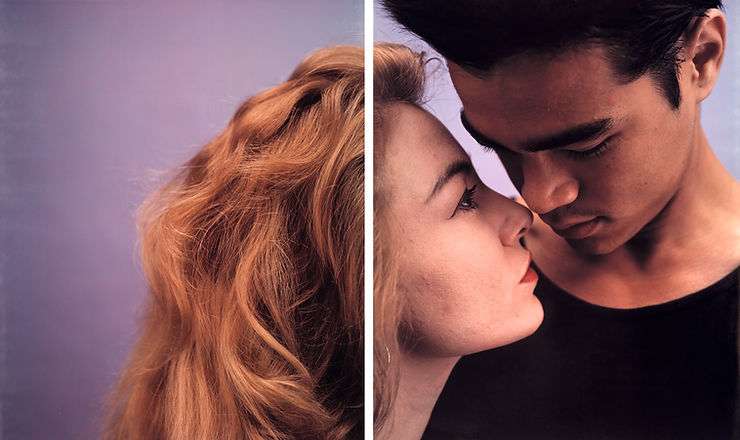
While the case would seem to have been solved, there is a larger space of artists that are present absences with the magnitude of their work. They have left a legacy of masterpieces to a name they chose to identify with.
What are their names?
What is their identity?
Their mysteries are yet to be solved, but sometimes, it is sweeter to reside in the case for anonymity.
Meanwhile, here are a few fascinating artworks where you would least expect them!
